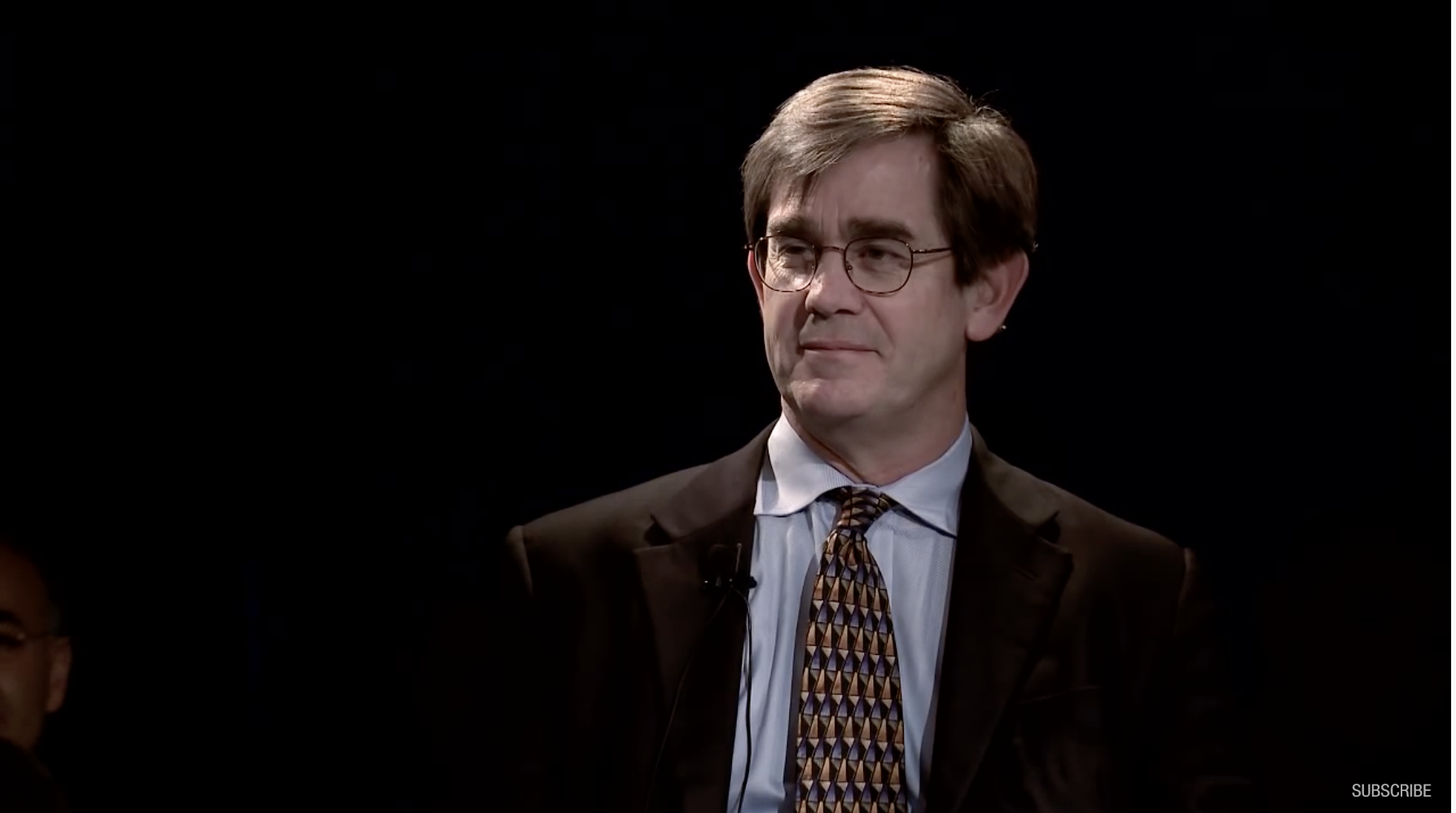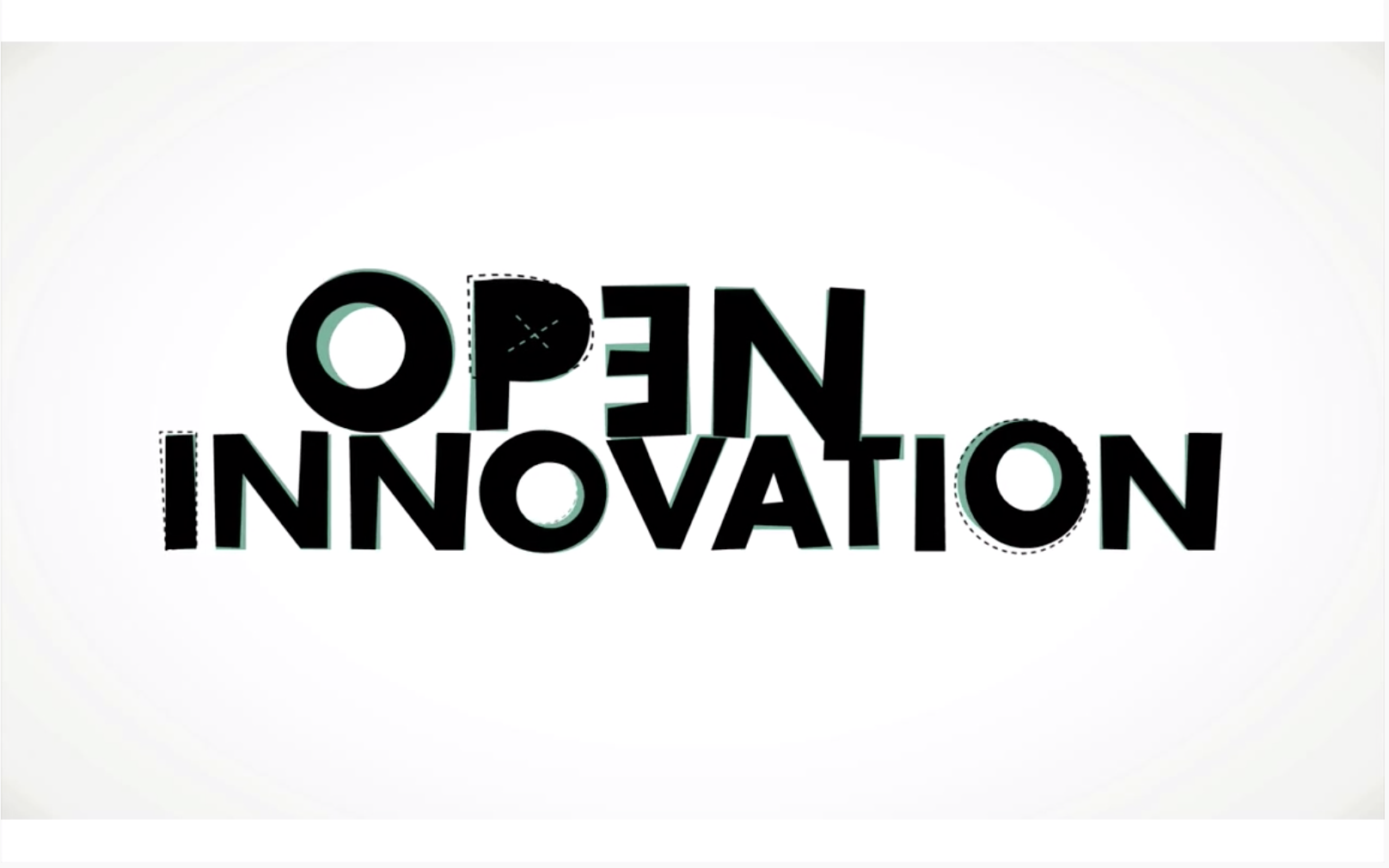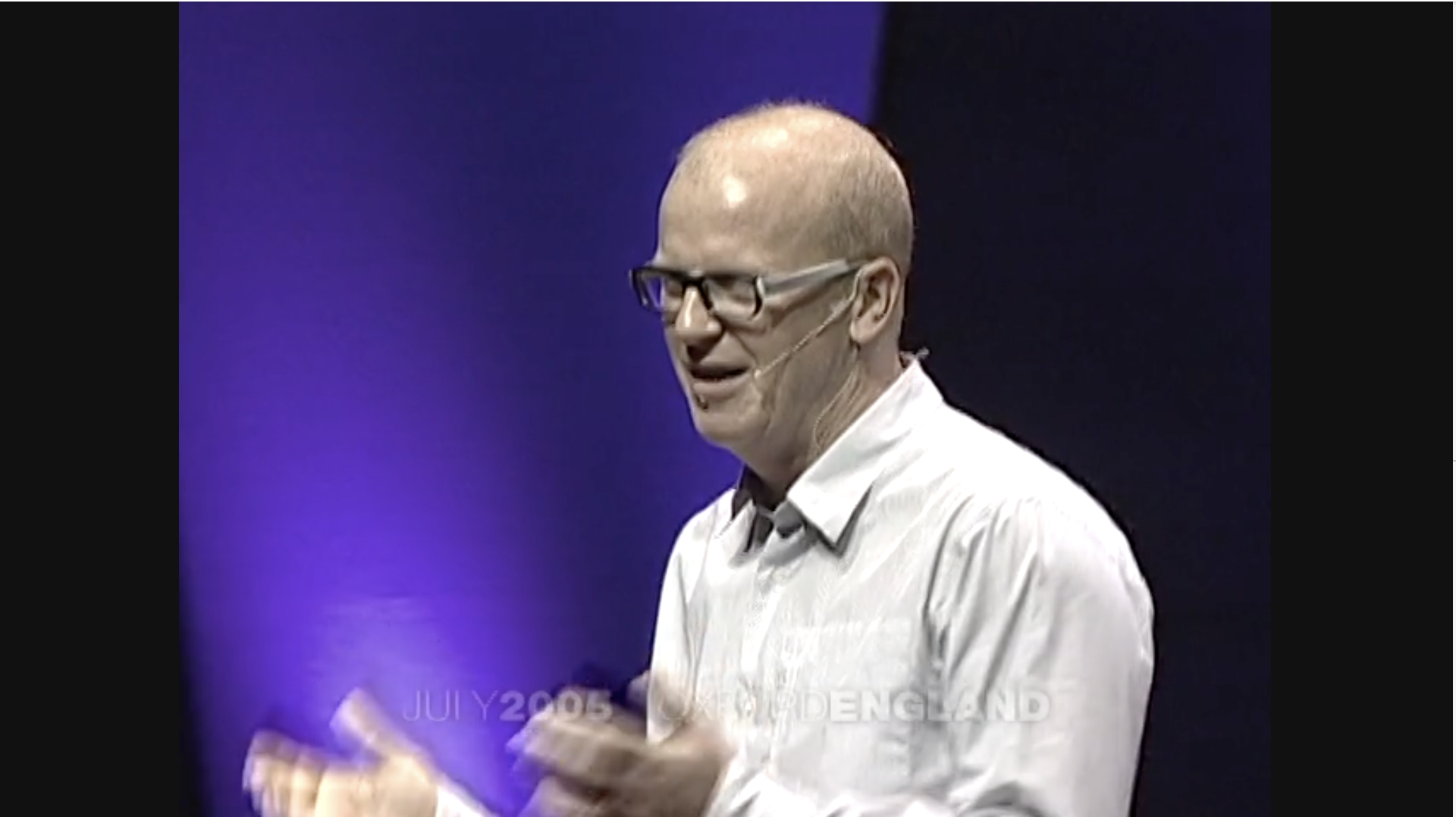Correct! Whether they are across the hall or around the globe, domain experts or residents, open innovation helps us tap into the knowledge and experiences of a wider group of people to better understand and solve problems.
Unfortunately, that’s not correct. Hint: It doesn’t matter where the intelligence is coming from as long as it is useful in relation to the problem we’re trying to solve.
Correct! Challenges - or contests - set out the nature of the problem and invite people to find ways to solve it. It is a way to leverage the ingenuity of others in assembling the right combination of people and technologies that enable better responses to problems.
Sorry, that’s incorrect. Hint: If we don’t know what the right capabilities needed to solve a problem are then we need to set this hard task for others.
That’s right! As we discussed Wikipedia is a good example of Collaboration where a community of users and editors work to a common vision of high quality information. Local Motors on the other hand sought to Co-Create many different new car designs by coordinating the work of many people.
Sorry, that’s not it.
You're right but there's more to this answer. Please try again!
That’s it! We have to be clear about who is in a position to supply the kind of input we need - will it be domain experts, people with lived experience of the problem, people within a certain age bracket or geographic area? Understanding the audience and targeted communication that encourages that audience to participate is crucial.
Sorry, that’s incorrect. Hint: Next we need to think about where the skills, knowledge or capacity we need resides.
Correct! All of these things can be undertaken by “the crowd.” Which ones we choose depend on what tasks elicit the kind of input we need. So a hackathon might be a good way to get feasible ideas from a smaller, more knowledgeable group in a short space of time, and crowdfunding might suit situations where a bigger audience can be encouraged to make smaller financial contributions that can add up to a large amount.
Sorry, that’s incorrect. There’s more we can ask people.
You're right but there's more to this answer. Please try again!
That’s right! It sounds simple but there’s nothing worse than setting up an open innovation project and encouraging people to participate only to get a poor turnout because of barriers such as lack of access to technology or jargonistic language that makes it hard for people to understand what is required of them. Requiring people to identify themselves can be important in some processes (e.g. where it is important that someone is a resident) but if we are just seeking good ideas it doesn’t need to be a requirement.
Sorry, that’s not it. Here we’re looking to ensure we remove the most practical barriers to participation.
You're right but there's more to this answer. Please try again!
Correct! The research suggests non-financial incentives work best. These can include appeals to people’s sense of civic responsibility, public recognition, a sense of really making a difference, and the opportunity to build new skills. Finding the incentives that will motivate your audience to contribute is crucial to generating good inputs.
Sorry, that’s not it.
You're right but there's more to this answer. Please try again!
That’s right! Ann could ask the people in the affected neighbourhoods to “vote” for their favorite ideas as a way to both manage the high volume of ideas and to improve the chances of identifying ideas that will enjoy broad community support. In further stages, Ann could consider using other forms of evaluation, such as asking technical experts to screen out ideas that aren’t feasible.
Sorry, that’s not what we are looking for here. Hint: Given the issue has some controversy attached, Ann needs to maximize transparency and participation.
You're right but there's more to this answer. Please try again!
Correct! We need to be sure there is someone in our organization who will take ownership of and apply what we have learned from participants. If we don’t we risk creating processes that waste resources and discourage future participation.
Sorry, that’s not we are after here. Hint: Remember that a key incentive for people to participate in an open innovation exercise is that their input will make a difference. That means we need to do something with it.
You're right but there's more to this answer. Please try again!
That’s right! It can be easy to be attracted to the growing popularity of open innovation exercises but if we use them at the wrong time we can create financial and reputational risks for our organization.
Sorry, that’s not it. This is one of the criteria for when an open innovation exercise can be a good choice for helping you to better understand or solve a problem.
You're right but there's more to this answer. Please try again!



